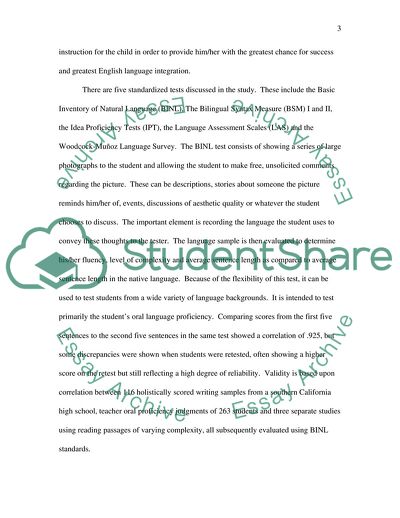Language Proficiency Test Review Essay Example | Topics and Well Written Essays - 1500 words. https://studentshare.org/professional/1704960-language-proficiency-test-review
Language Proficiency Test Review Essay Example | Topics and Well Written Essays - 1500 Words. https://studentshare.org/professional/1704960-language-proficiency-test-review.


